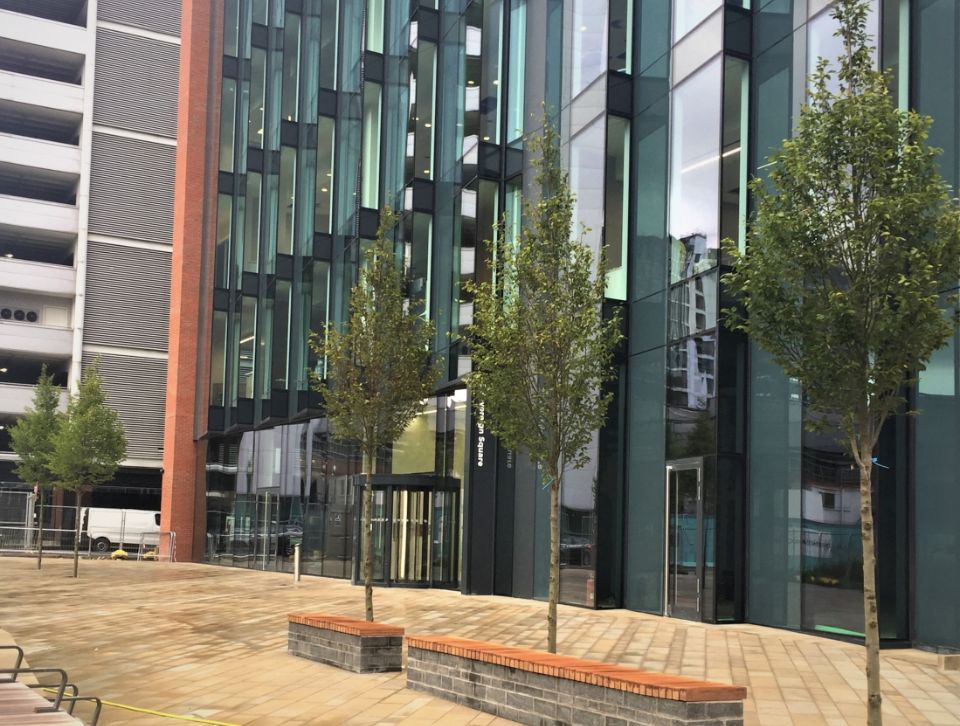How Silva Cells Helped Build a Sustainable Community at the “Boulevard” Development
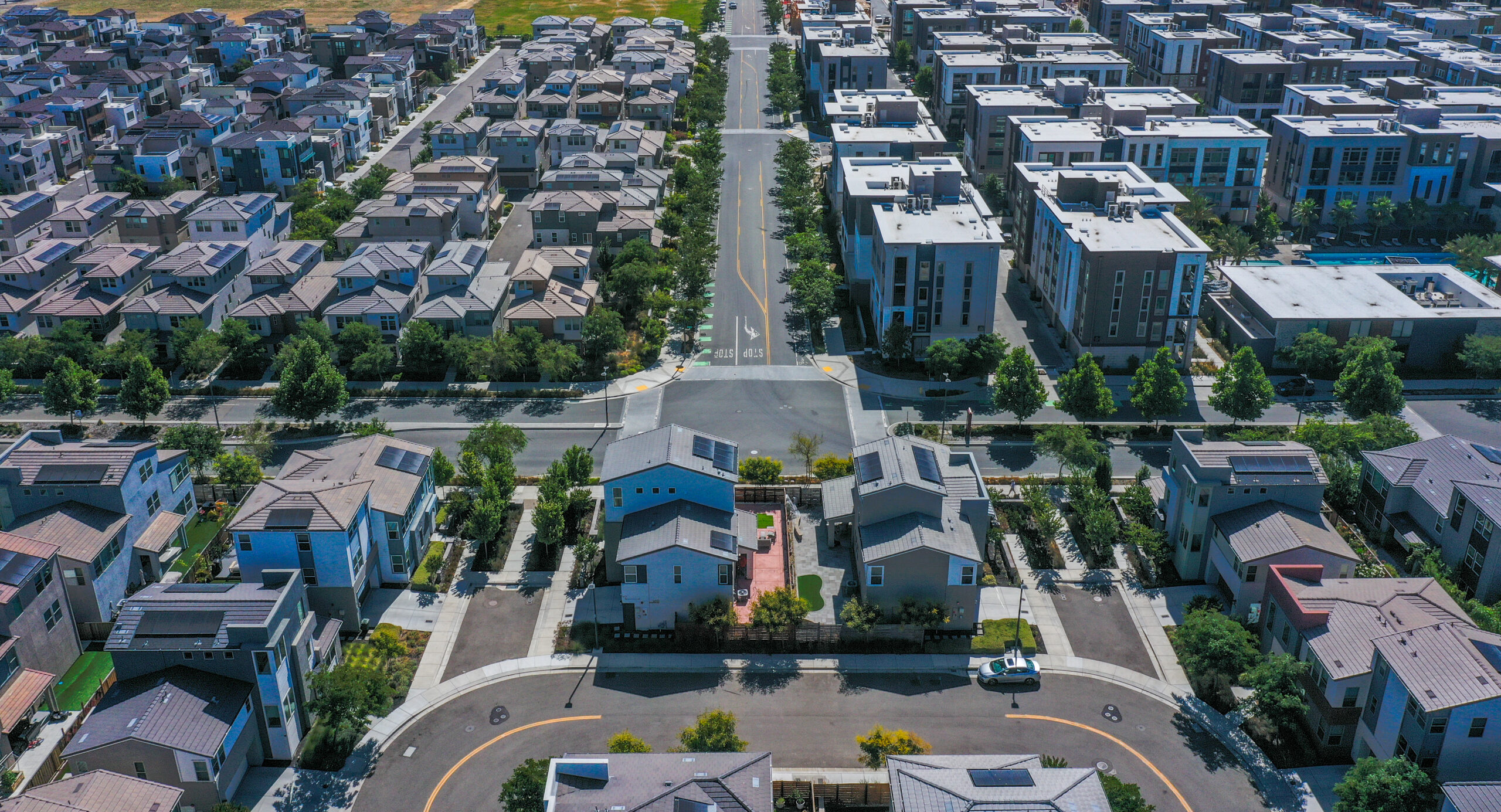
Urban development is often a complex puzzle, an exercise in which various pieces must fit together — housing, vehicular and pedestrian traffic, parking, utilities, public space, etc. — to form a functional, cohesive community. These numerous priorities compete with one another for the same dense area, presenting planners with a difficult decision between, say, a stormwater bioswale or an additional residential unit.
One method for resolving this surface-area rubric is to utilize the space below ground more efficiently. The Silva Cells are the perfect tool in this regard; the system enhances the natural environment below by supporting the hardscapes above. Its versatile design not only allows for utility work-around, but its void space can be used for both soil (growing large urban trees) and stormwater (performing underground bioretention).
The Boulevard development in Dublin, California, did exactly this: installing the Silva Cells as a dual-purpose green infrastructure module and maximizing their developable land, creating a welcoming, sustainable community in the process. More than 650 trees are on the road to healthy maturity with over 7,000 Silva Cells providing uncompacted soil and on-site stormwater treatment.
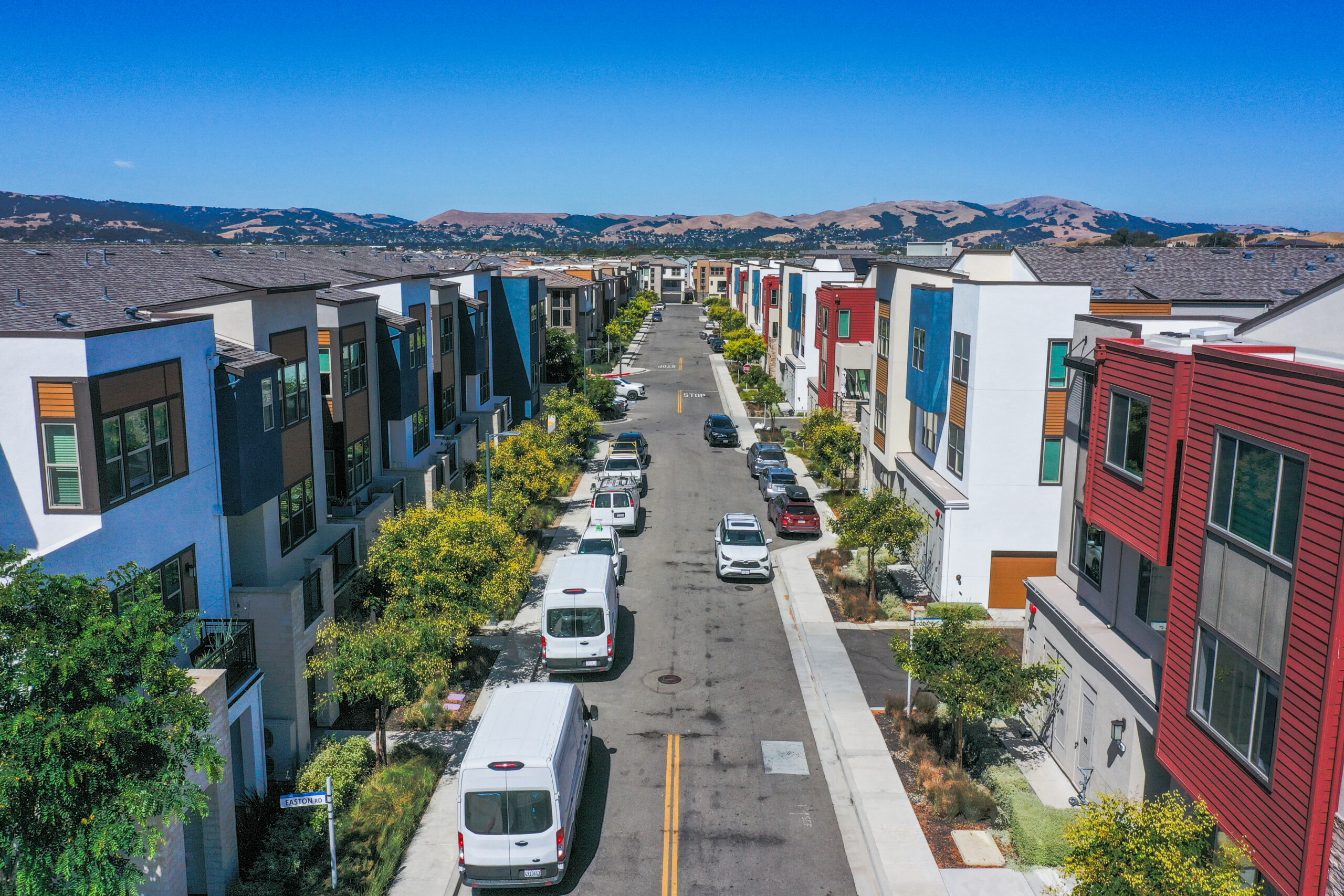
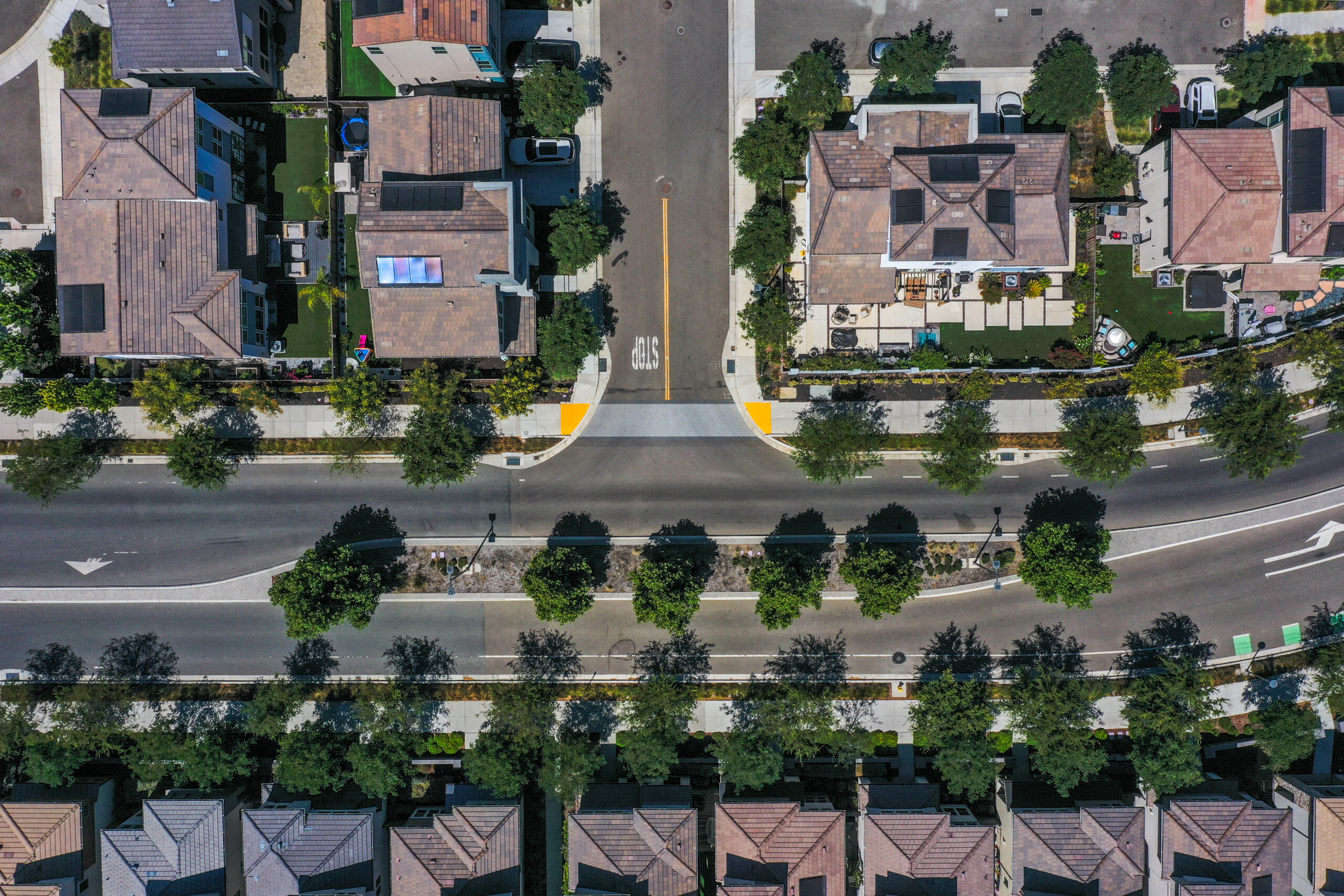
The world’s urban population is growing: currently 56% of all people reside in cities, with that number expected to swell to 70% by 2050. This presents a challenge for urban planners, tasked with the often-conflictual responsibility of developing housing while simultaneously limiting environmental disruption. Sustainable practices are an increasingly indispensable element of city planning as we fight the onslaught of climate change.
This was precisely the conundrum facing developers at Boulevard, a new community in the California East Bay city of Dublin. But what is Boulevard, exactly?
In 2003, the United States Army — with an enormous base facility, the Parks Reserve Forces Training Area (PRFTA), stationed in Dublin — approached the city, proposing that they absorb a portion of the base’s underused land area and redevelop it for modern housing. After a decade of complicated negotiations, the transaction was complete and a partnership between two local developers, Lennar and Brookfield, began work on how to repurpose the newly acquired land.
The new “Boulevard” community, centrally located in Dublin and serving as a bridge between the east and west sides of town, comprises a total of 24 neighborhoods (parceled out over time) with a selection of contemporary housing, including single-family homes, condominiums, and townhomes. Lennar and Brookfield were responsible for the “horizontal” development of the land, with individual parcels sold to other private developers for residential “vertical” construction.
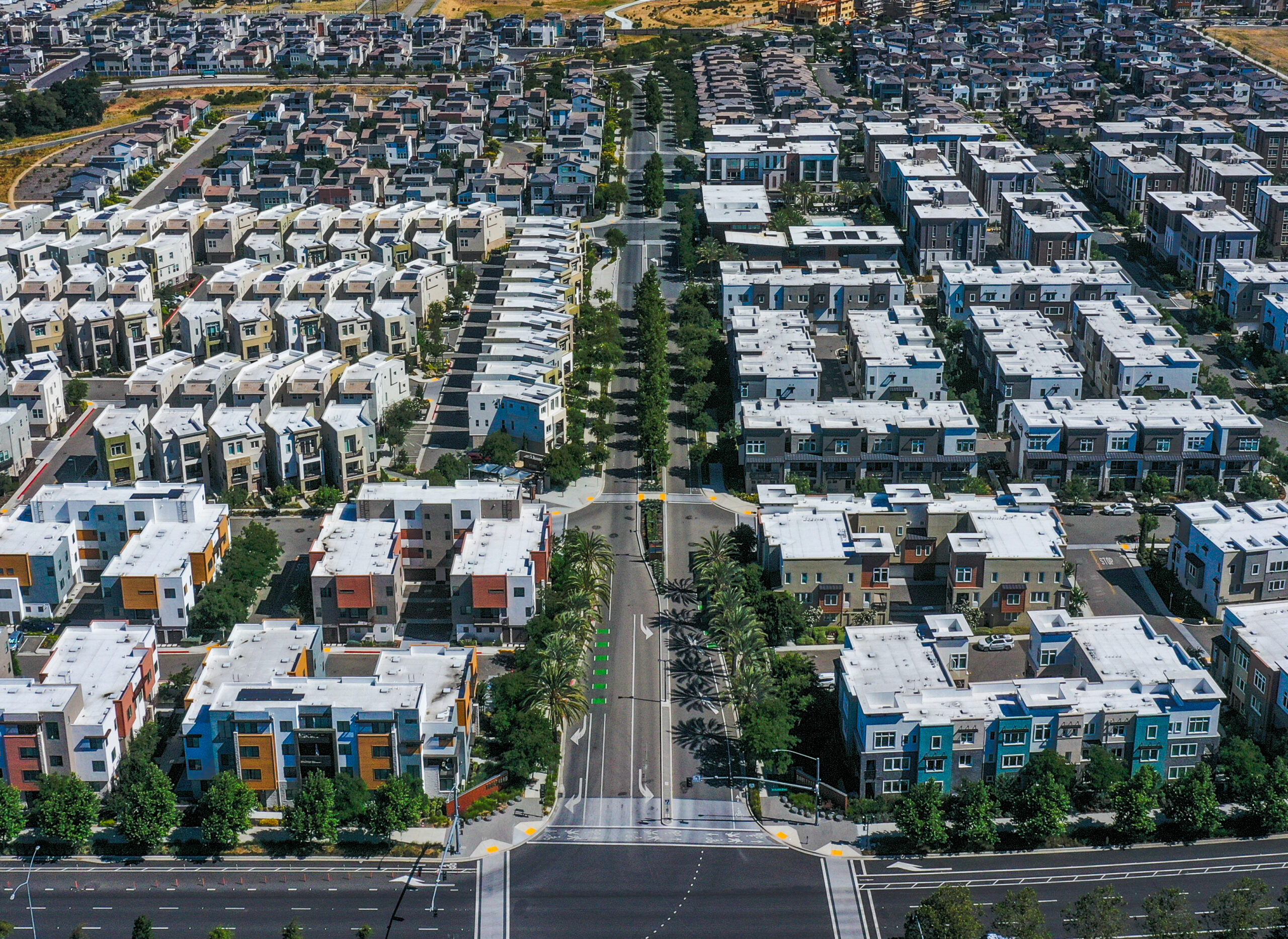
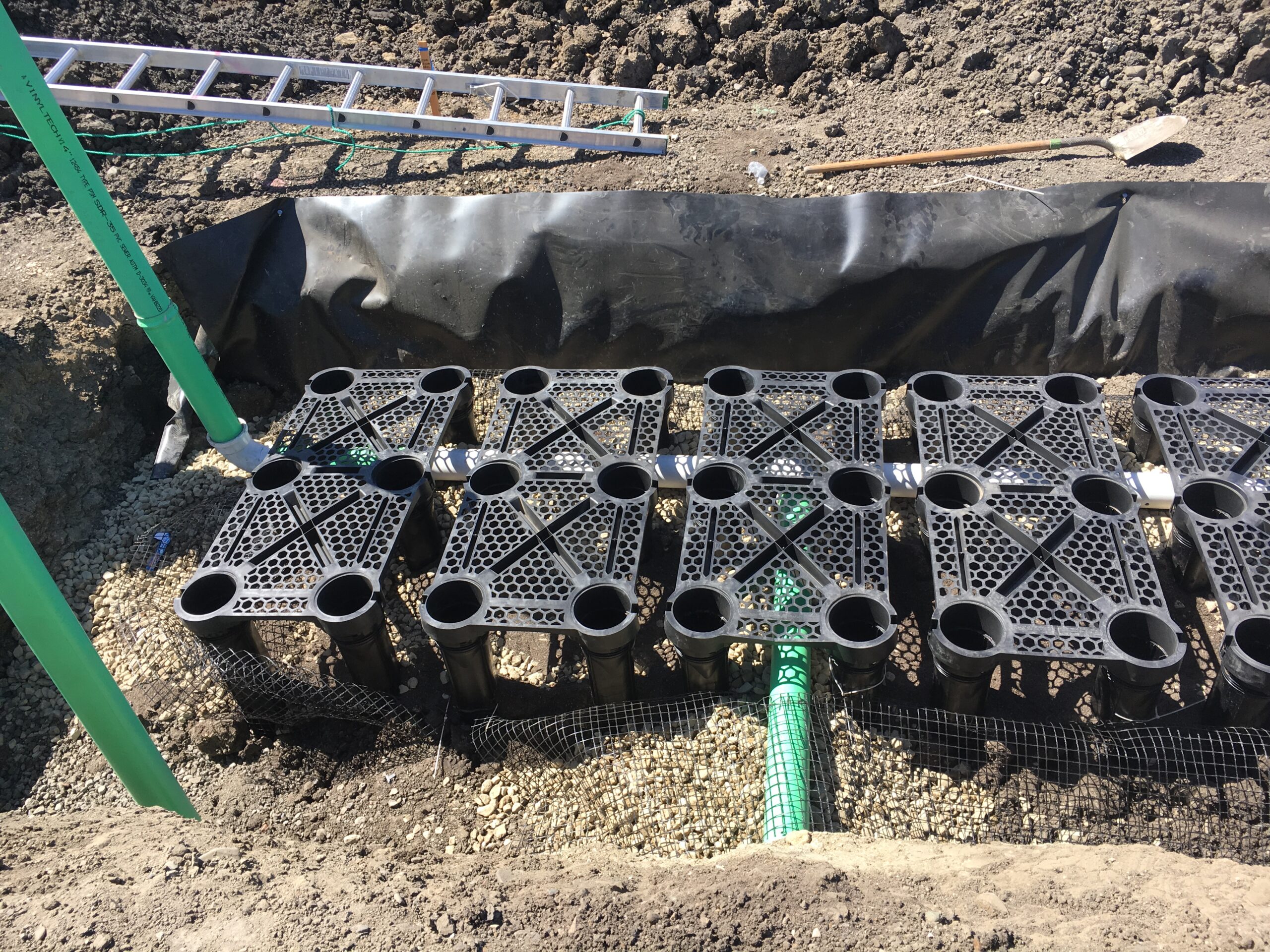
One of the key features of the “horizontal” infrastructure was how to manage stormwater on location, in compliance with California’s Regional Water Quality Control Board Provision C3, which stipulates:
Permittees [must] use their planning authorities to include appropriate source control, site design, and stormwater treatment measures in new development and redevelopment projects to address stormwater runoff pollutant discharges and prevent increases in runoff flows from new development and redevelopment projects. This goal is to be accomplished primarily through the implementation of low impact development (LID) techniques.
Stormwater Management
The original stormwater proposal was to embrace the LID strategy and employ green infrastructure features, building bioswales between the sidewalk and the road. But there was a logistical problem: there wasn’t enough buffer space. Commuters couldn’t be expected to step out of their parked vehicles into a rainwater pond — a new solution, working with the finite available surface area, had to be adopted.
Enter the DeepRoot Silva Cells, which had the key advantage of functioning underground. As Colette L’Heureux, associate engineer at MacKay & Somps Civil Engineers, explains:
Our goal in using the Silva Cells on this project was to put a traditional bioretention area into a structural element, so that treatment could occur under impervious areas, such as parking stalls and sidewalks, instead of open basins in the site’s limited landscaped areas. Silva Cells allowed [us to achieve this objective], which was not previously an option. Without Silva Cells, lots may have been lost in order to create enough bioretention areas in the landscape.
The functionality is simple: rather than creating an above-ground bioretention mechanism, in which green features clean and slow the rainwater before it drains to municipal sewer systems and local waterways, the Silva Cells perform this same task underground by utilizing ponding space and uncompacted soil.
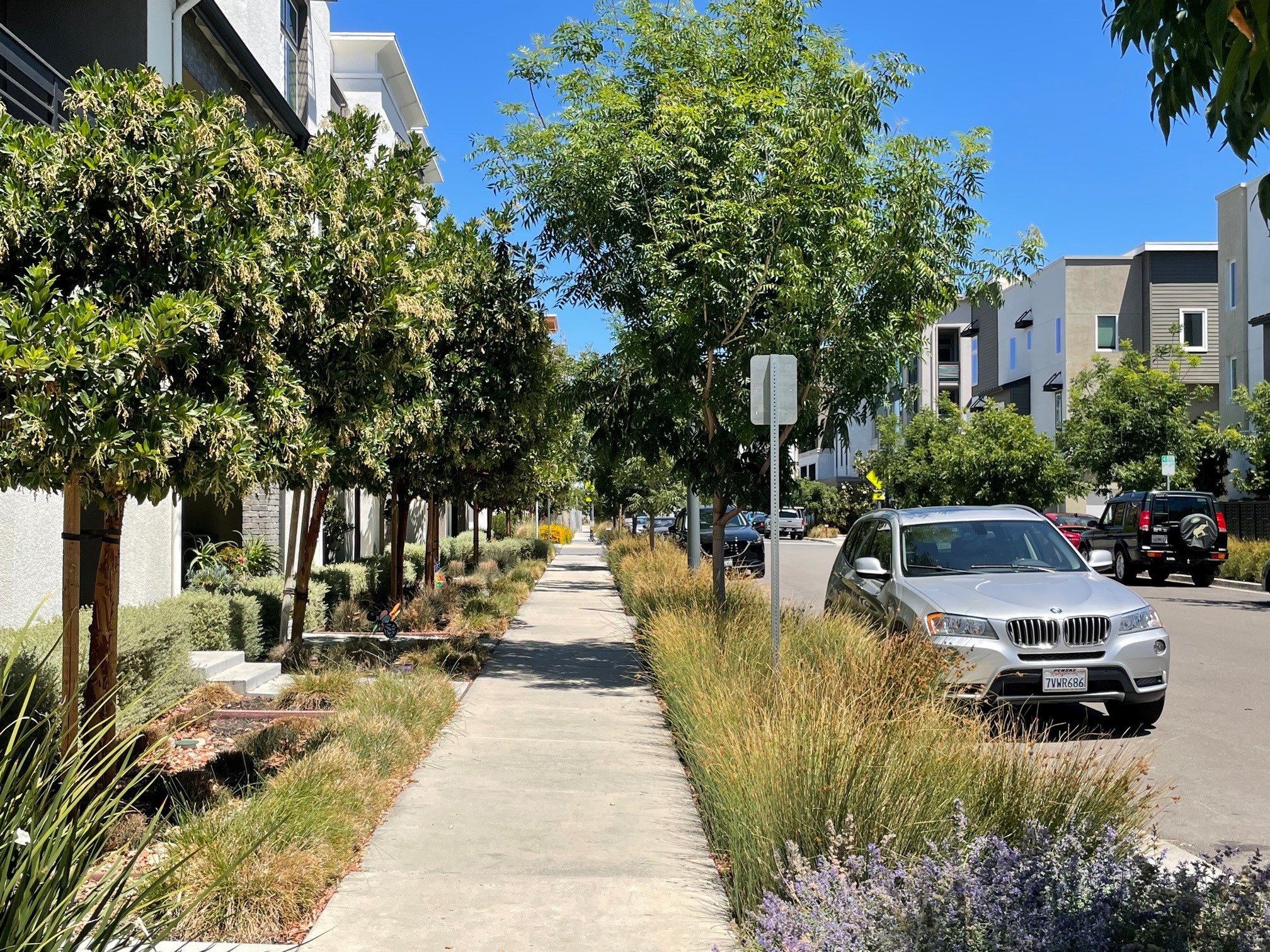
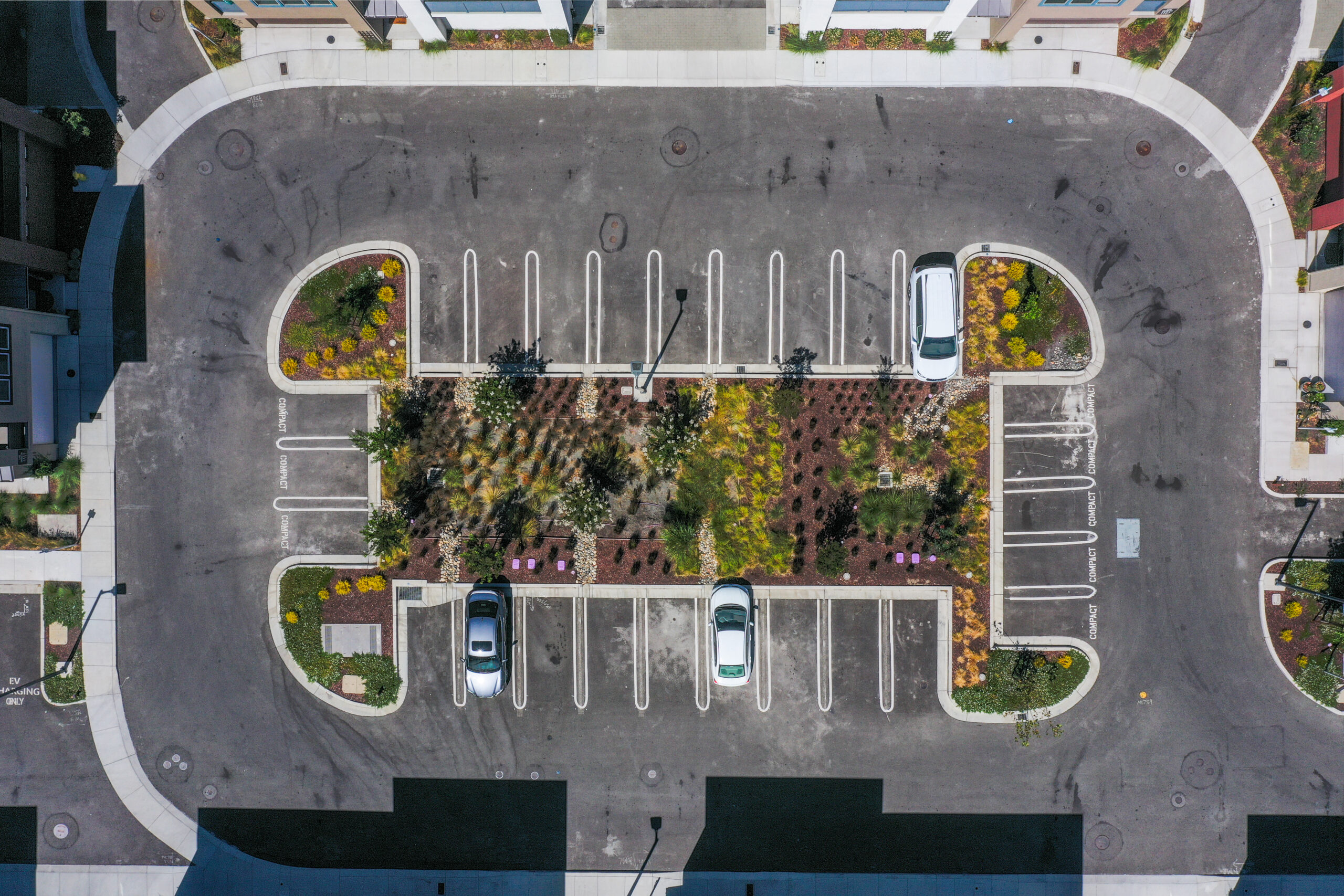
Stormwater is thus cleaned of polychlorinated biphenyls (PCBs), mercury, oils, and sediment (among other substances) before being discharged to the gray infrastructure network. In this way, the water draining to the Alameda Creek watershed, which itself drains into the San Francisco Bay — both of which are considered “impaired” water bodies — is free of contaminants. Likewise, policy helps mitigate peak-flow rain events. L’Heureux observes that “the use of directing runoff to Silva Cells does reduce the peak flow out of the site. Silva Cells were included in our hydraulic modeling to reduce the size of the hydromodification system put in place to meter the post-project flows to pre-project levels.”
Given the prioritization Boulevard developers ascribed to sustainability in the first place, the Silva Cells were an ideal solution for not just stormwater management but also the planting of new trees in the razed community. One of the initial Silva Cell installations took place in 2017 in Boulevard’s first built neighborhood, where 10 trees were planted along the streetscape in 192 (2x and 3x) cells, which are housing both quality, loamy soil and ponding space for stormwater.
The success of this dual-purpose green infrastructure was quickly recognized by project planners and embraced throughout the new community: more than 20 Dublin projects (and counting) have installed Silva Cells in support of more than 650 new trees — while simultaneously capturing stormwater and treating it on site. The Silva Cell system is used to support sidewalks, parking lots, and limited-use roadways across numerous Boulevard neighborhoods.
Boulevard is one of the most ambitious newly developed communities in America, offering residents high-quality, modern living spaces with connected outdoor features and sustainability – thanks in no small measure to the 7,000+ Silva Cells providing soil volume and stormwater-management benefits, all without occupying a single square foot of surface land.
